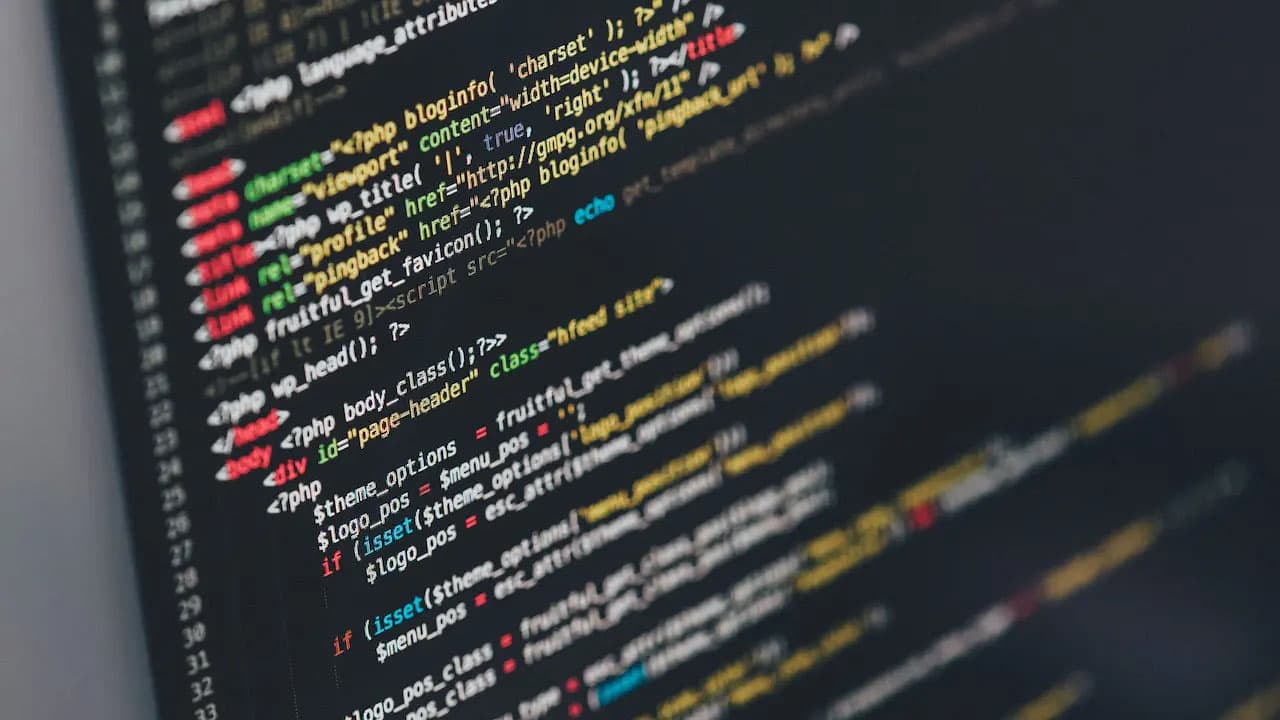How to Standardize Data in Python Using Pandas?
Have you ever struggled with messy and inconsistent data in your Python projects? Data standardization can be a daunting task, but fear not! With the power of Pandas, a popular data manipulation library in Python, you can efficiently clean and standardize your datasets.
Understanding Data Standardization
Before we dive into the practical implementation, let's first understand what data standardization is. In simple terms, data standardization involves transforming data into a common format to make it more consistent and easier to analyze. This process typically includes tasks such as removing duplicates, handling missing values, and converting data types.
Getting Started with Pandas
If you haven't already installed Pandas, you can do so using pip:
Bash
Once you have Pandas installed, you can start by importing it into your Python script or Jupyter notebook:
Python
Loading and Inspecting Your Data
The first step in standardizing your data is to load it into a Pandas DataFrame. You can read data from various sources such as CSV files, Excel files, or databases. For example, to read a CSV file named data.csv, you can use the following code:
Python
After loading your data, it's essential to inspect it to understand its structure and identify any issues that need to be resolved. You can use methods like head(), info(), and describe() to get an overview of your data:
Python
Dealing with Missing Values
One common issue in datasets is missing values, which can hinder your analysis. Pandas provides various functions to handle missing data, such as isnull(), dropna(), and fillna(). For instance, to drop rows with any missing values, you can use:
Python
Alternatively, you can fill missing values with a specified value using fillna():
Python
Standardizing Data Types
Ensuring that your data types are consistent is crucial for analysis and modeling. Pandas offers functions like astype() to convert data types. For example, to convert a column named price to float, you can do the following:
Python
You can also parse dates by using the to_datetime() method:
Python
Removing Duplicates
Duplicate records can skew your analysis results, so it's essential to identify and remove them. Pandas provides a drop_duplicates() method to drop duplicate rows. For instance, to remove duplicates based on all columns, you can use:
Python
Applying Standardization Techniques
In addition to the basic data cleaning tasks mentioned above, you may need to apply more advanced standardization techniques depending on your specific requirements. Some common techniques include feature scaling, one-hot encoding, and outlier detection.
- Feature Scaling: If your dataset contains numerical features with different scales, you can use techniques like Min-Max scaling or Standardization to bring them to a similar scale.
Python
- One-Hot Encoding: If your data includes categorical variables, you can use one-hot encoding to convert them into numerical representation.
Python
- Outlier Detection: Outliers can significantly impact your analysis, so it's essential to identify and handle them appropriately using statistical methods or machine learning algorithms.
Bringing It All Together
By leveraging the powerful capabilities of Pandas along with additional libraries like NumPy and Scikit-learn, you can efficiently standardize your data and prepare it for further analysis or machine learning tasks. Data standardization is a crucial step in any data science project, ensuring that your insights are based on reliable and consistent data.
The next time you're faced with messy data, embrace the simplicity and versatility of Pandas to clean and standardize it effectively. Your future self—and your data analysis—will thank you for it!
Now, armed with these techniques and tools, go forth and conquer your data standardization challenges in Python!












